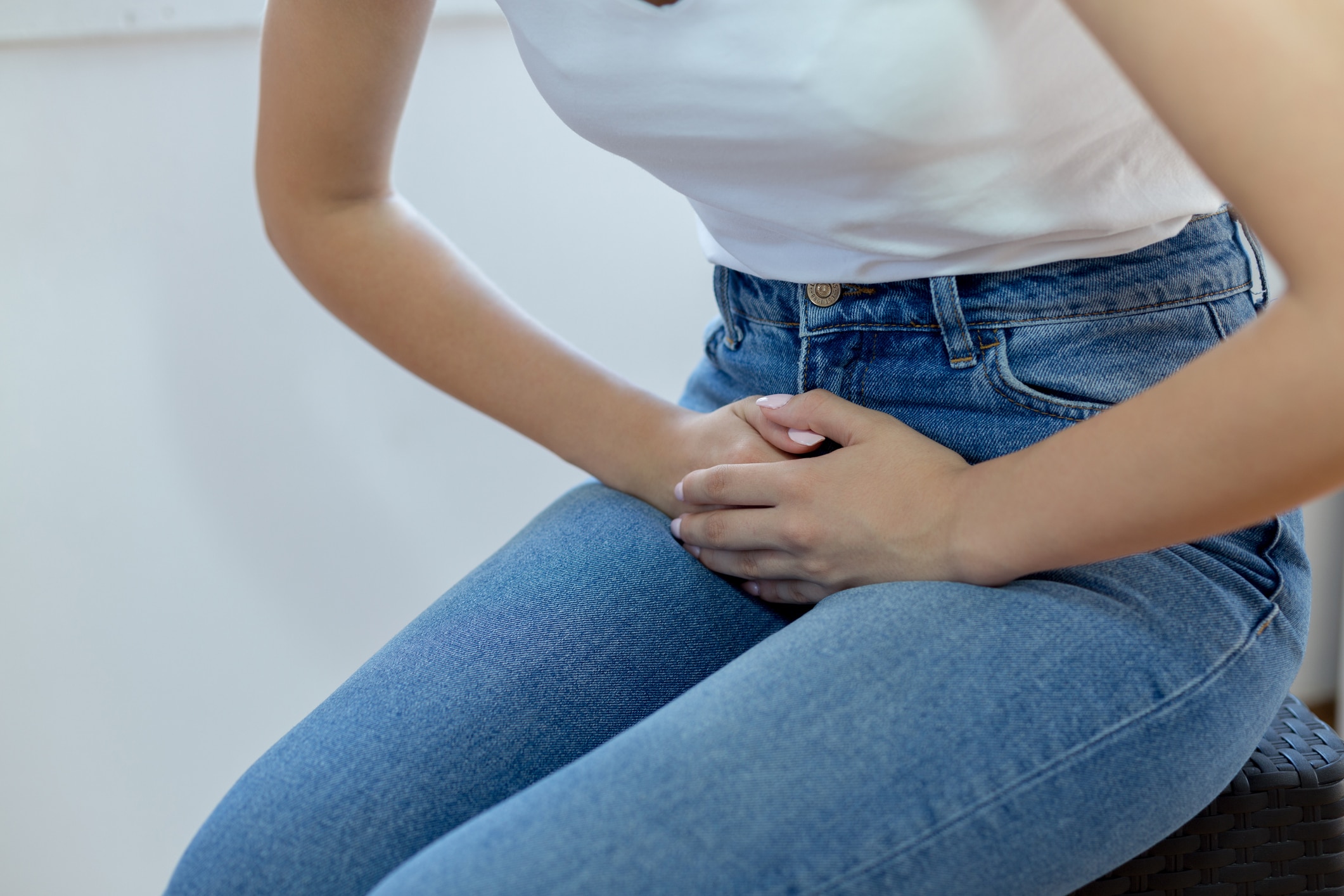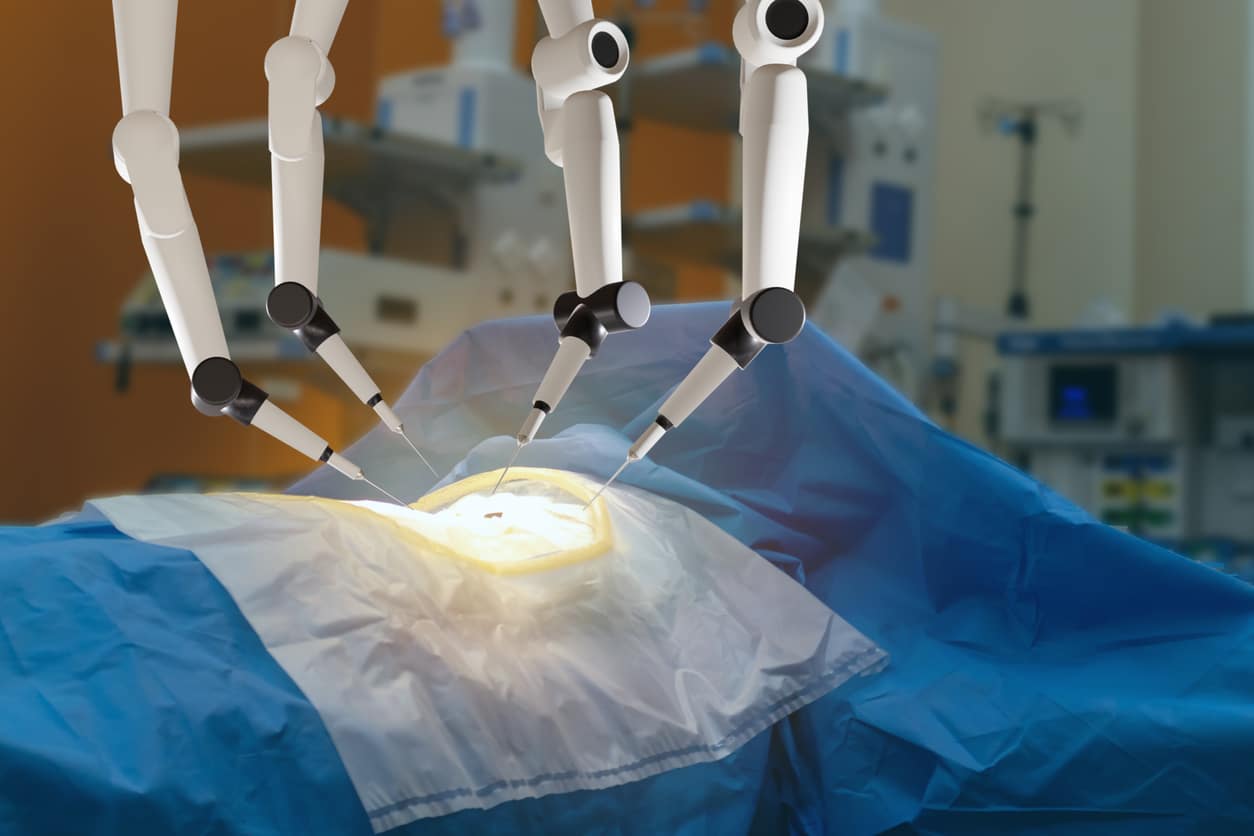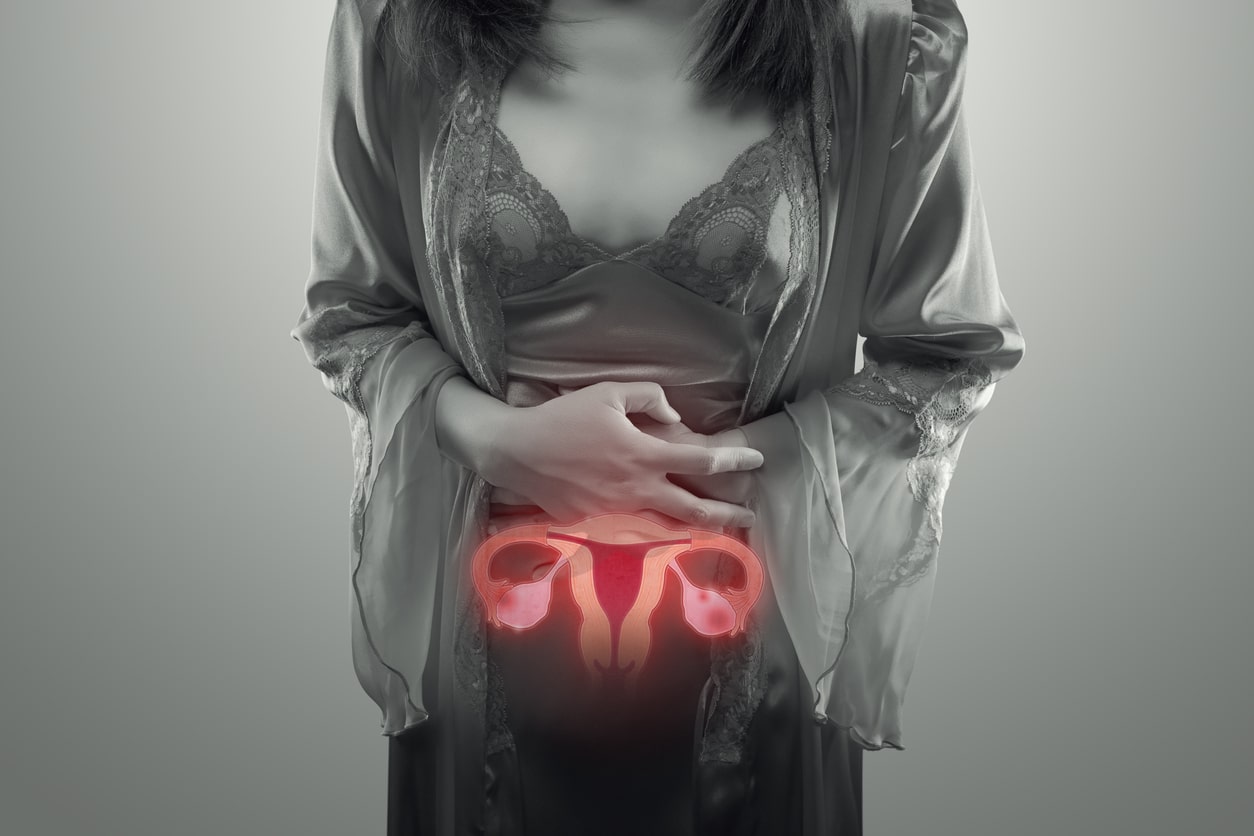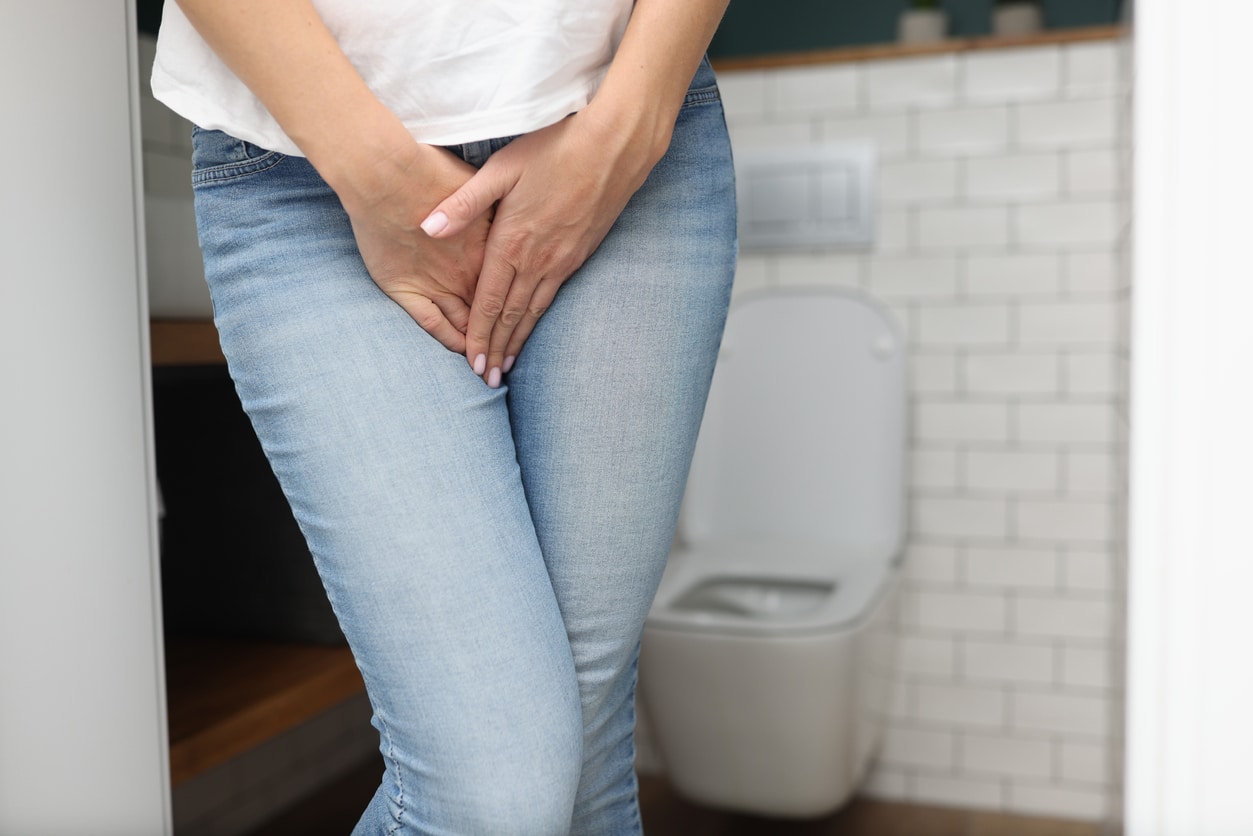An alternative to traditional surgery, a robotic hysterectomy is a cutting-edge technology utilizing the aid…

5 Types of Urinary Incontinence and Bladder Leakage
Have you ever leaked a bit when you’ve coughed? Or do you have trouble sleeping through the night because you need to get up and go? Urinary incontinence is a common problem, one suffered by millions of Americans. It can be debilitating and reduce your ability to enjoy the things you once loved doing. There are a lot of risk factors, including age and weight. You may find it comforting that you’re not alone, and urinary incontinence can be treated.
Urinary incontinence can be an embarrassing problem, but it shouldn’t be. It’s a medical problem like any other, one you should discuss with your doctor, especially if it interferes with or significantly impacts your daily activities. There are several types of incontinence; we’ve listed five of the most common.
5 Types of Urinary Incontinence
While urinary incontinence can be caused by a number of factors, leading to a number of types of incontinence, here are five that are the most prevalent.
1. Stress Incontinence
Stress incontinence, as its name suggests, occurs when sudden stress is placed on the bladder. It can happen when you sneeze, or cough, run, lift heavy objects, or even laugh. These actions put stress on the bladder, which contracts, releasing urine.
There are a number of contributing factors to stress incontinence. Because coughing is often a trigger, illnesses or activities that cause frequent coughing, such as smoking, play a role. Obesity also plays a role, as can the stress caused by vaginal childbirth.
Occasional stress incontinence occurs at any age but can become more frequent as you grow older. If stress incontinence interferes with your daily activities or causes you to stop doing things you enjoy, discuss it with your doctor.
2. Urgency or Urge Incontinence
With urge incontinence, you experience a sudden, intense need to urinate that is difficult or impossible to put off. The bladder then contracts or squeezes. This can happen for many reasons. Nervous system problems can contribute, as your nervous system controls the muscles that make up your urinary system. Or your bladder may contract too often as the result of irritation.
Urgency incontinence is not caused by some personal failure (such as waiting too long to go), or by the inability to properly plan a route or activity that has frequent access to bathrooms; it’s a failure in the muscles that operate your bladder.
As with other forms of urinary incontinence, it’s important to discuss urge incontinence with your doctor and learn about potential treatments.
3. Overflow Incontinence
Overflow incontinence is largely caused by your bladder’s inability to fully empty, also known as chronic urinary retention. The remaining urine then leaks out, whether you feel the need to go or not.
With overflow incontinence it’s difficult to begin urinating as well. While urinary incontinence is more likely to occur in women than men, more men develop overflow incontinence than women due to prostate issues.
While it’s important to discuss any form of urinary incontinence with your doctor, if you believe you suffer from overflow incontinence, it’s especially critical to consult with your physician. This type of incontinence stems from physical problems that should be treated.
4. Functional Incontinence
While other forms of incontinence may be an issue as well, functional incontinence is not necessarily caused by a bladder problem. With this type of incontinence, other physical issues prevent someone from being able to properly urinate.
The effects of a stroke may prevent your ability to get to the bathroom in time, or severe arthritis may inhibit your ability to unfasten your pants. Functional incontinence is the result of overarching physical problems with the physical task required to properly urinate.
By undergoing treatment for your physical conditions and controlling the symptoms that prevent you from urinating, you may be able to control functional incontinence.
5. Mixed Incontinence
Mixed incontinence is a combination of two or more types of incontinence working in conjunction. Most often, this form of incontinence is a mixture of the stress and urge varieties. Mixed incontinence is most common in women.
Sharing the symptoms of both stress and urge incontinence, mixed incontinence occurs more often as you age. It occurs with sudden stress on the bladder. When you burst out laughing or have a sudden bout of coughing, you involuntarily release some urine. You also experience sudden needs to urinate or you need to urinate often, even as you try to sleep.
Mixed incontinence, as with other forms of incontinence, can respond to proper treatment.
Seek Treatment for All Types of Incontinence
When you suffer from urinary incontinence, you may feel that you suffer alone. You don’t. Millions of women have experienced some type of urinary incontinence, and there are treatment methods available. Discuss your incontinence with your doctor and learn how treatment can help you enjoy a fuller life.
Contact The Endometriosis Treatment Center of America for Urinary Incontinence Treatment
Do you suffer from one or more of these 5 types of incontinence? It’s important to remember that you’re not alone, and that help is available. Reach out to the compassionate practitioners at The Endometriosis Treatment Center of America for a consultation. We treat women throughout America from our Lake Orion and Birmingham, Michigan locations.



